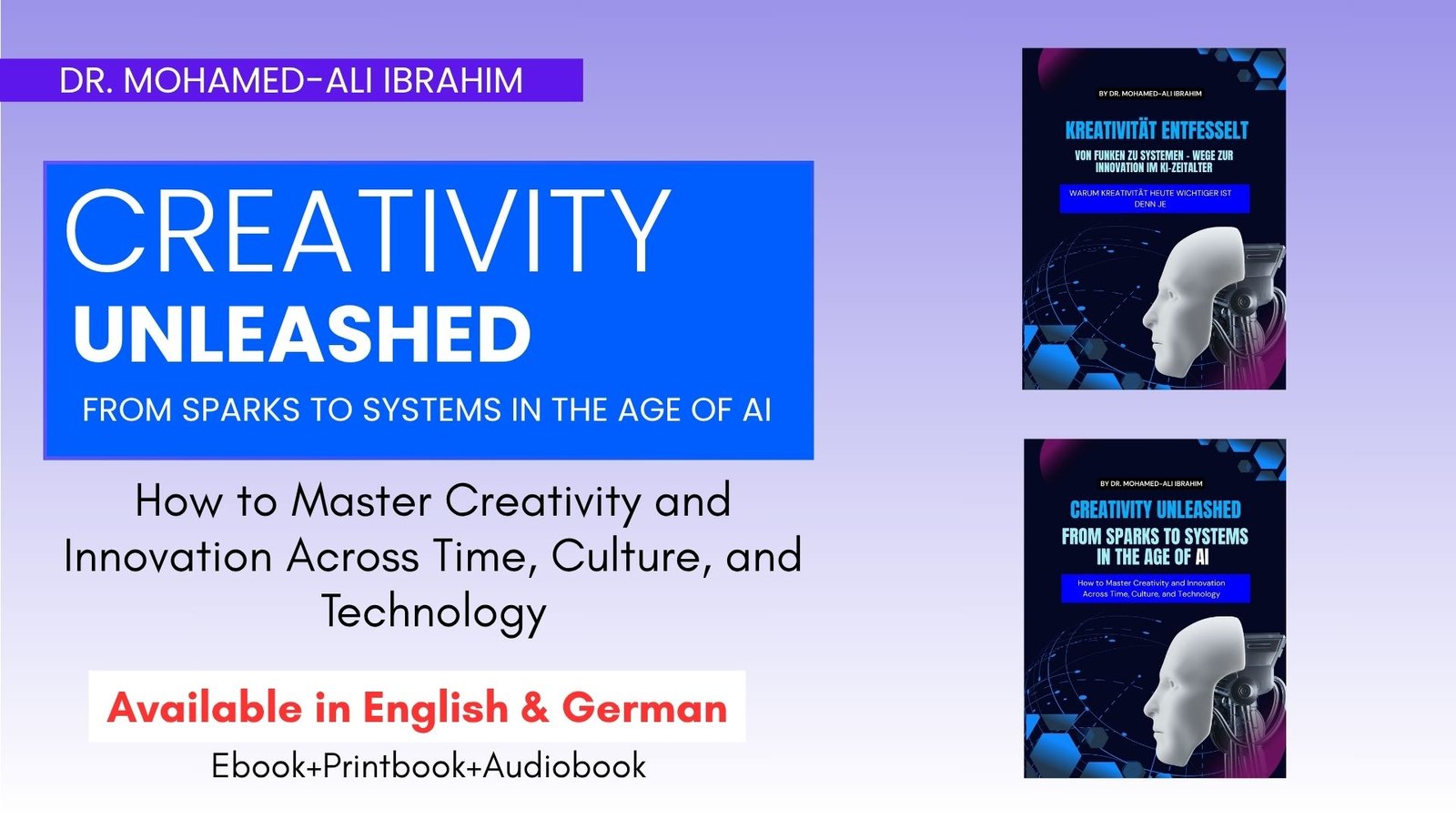Navigating the Future: How AI and Machine Learning are Reshaping Translation Services
In the rapidly evolving world of translation, the integration of Artificial Intelligence (AI) and Machine Learning (ML) technologies marks a significant milestone. As we venture further into the digital age, these technologies are not just auxiliary tools but central pillars reshaping the landscape of translation services.
AI and ML have revolutionized the speed and efficiency with which translation tasks are performed. Gone are the days when translation was solely the domain of human expertise. Today, AI-powered tools can process vast amounts of text in a fraction of the time, offering preliminary translations that are increasingly accurate and contextually aware. This shift has profound implications for the industry, democratizing access to translation services and enabling businesses to communicate more effectively in the global market.
However, the rise of AI and ML in translation is not without its challenges. As technology advances, there is a growing need for human translators to adapt their skills. The role of the translator is evolving from direct translation to editing and refining AI-generated texts, requiring a deep understanding of linguistic nuances and cultural contexts that machines cannot fully grasp. This hybrid approach leverages the best of both worlds, combining the speed and efficiency of AI with the irreplaceable depth and accuracy of human expertise.
Furthermore, the advent of AI and ML in translation opens up new opportunities for specialized services. As machines become more adept at handling routine translations, human translators can focus on areas where their skills are most valued, such as literary, legal, or technical translations. This specialization can enhance the quality of translation services, offering more tailored and nuanced outputs that meet the specific needs of different sectors.
The future of translation is undoubtedly intertwined with AI and ML. As these technologies continue to develop, their impact on the industry will only deepen, offering new opportunities and challenges. For translation services, staying ahead of the curve means embracing these changes, investing in technology, and adapting to the evolving role of human expertise. In doing so, the industry can continue to break down language barriers, fostering a more connected and understanding world.





Leave A Comment